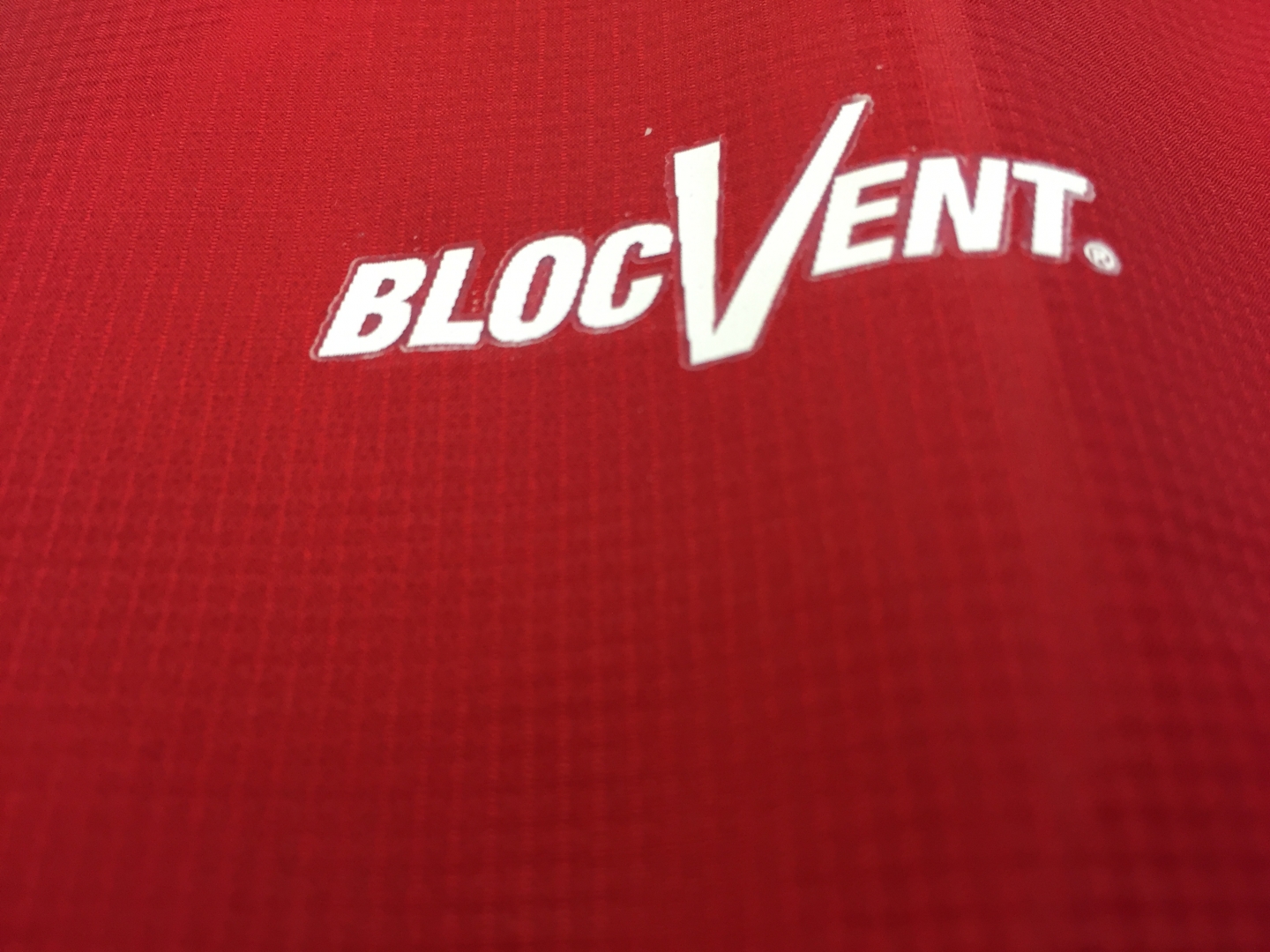Japanese technology in Šumava

In Sušice we fabricate membrane functional jackets from various laminated layers of BlocVent produced by Toyota, a renowned Japanese company. The Nonporous membrane delivers high ability repel water [water resistance] combined with exceptional breathability [permeability]. Does it sound complicated to You? Well, it's really quite simple. Let's divide the membranes according to the principle on which each type of membrane works in two separate groups.
1.Porous membranes [GoreTex for example] have a minuscule pores [holes].While the water vapour can evaporate out through the outer layer, raindrops being many times bigger than the pores themselves can't get in.
Nonporous membranes [BlocVent for example] don't have any pores[holes]. They don't transfer water in form of vapour, but rather in a liquid phase based on principle of chemical absorption and diffusion. The water binds on to the inner side of the jacket, temporarily becomes its part and is then expelled on the outer side.
Both groups of membranes are then divided into dozens of brands and hundredths of types. In the never-ending dispute about what would the best option be, professional arguments are being presented by renowned scientific researchers and practical experiences of climbers, travelers, sportsmen and adventurers are being mentioned as well.
The absence of pores is usually being indicated as the main and basic advantage of nonporous membranes simply because as there are not any tiny little holes, there's virtually nothing to be clogged up [residue of washing powder, ice crystals, condensed sweat from inside, rain water from outside, eventually by dirt and grease from both sides] The next advantage of nonporous membranes is great pliability and the ability to ,,recuperate” after being exposed to mechanical strain [no little holes to be stretch out and let the water in]. That's why such a membrane finds its use in clothing used in outdoor activities such as climbing, trekking, trailrunning, extreme skiing or mountain biking.
Porous and nonporous membranes have each their own fans and opponents, that are constantly throwing parameters of water resistance and permeability at each other. There are all kinds of standardized methods of measuring those parameters and every one of these has its own advantages and disadvantages to be counted with. What's to be considered is that the results acquired by different methods of measurement are incomparable. You might as well dispute the ,,tastyness” of apples and pears.
The fair conclusion then would be: the question of which type of membrane is really better can't be answered outright. We, of High Point Company have decided to go for the nonporous kind. Thousands of well satisfied users of our outdoor clothing are so far proving that we've made the right choice.